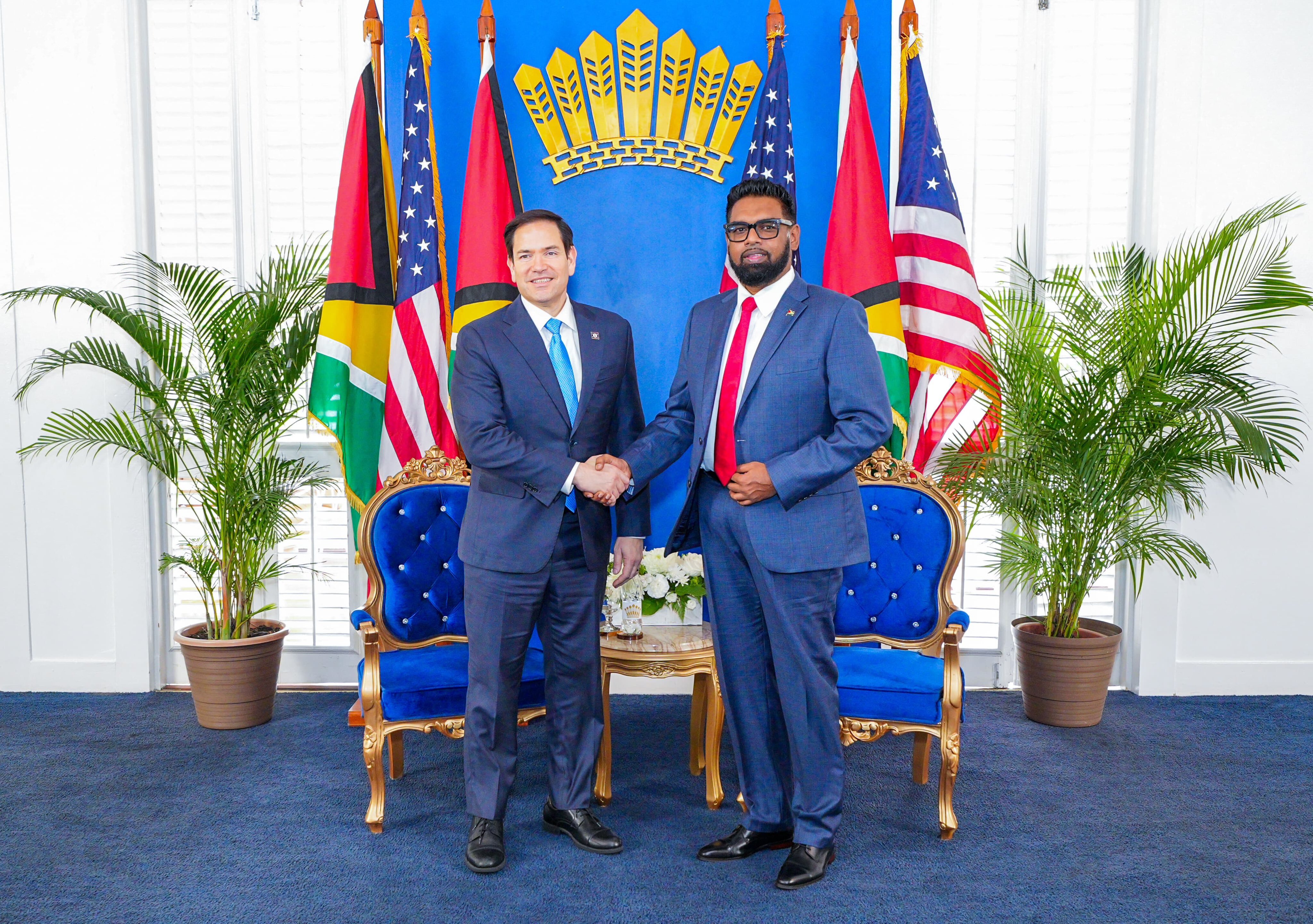Summary: Transitioning to Clean Energy in Central America and the Caribbean
Summary: Transitioning to Clean Energy in Central America and the Caribbean
With unprecedented international attention given to energy security, Central America and the Caribbean represent the test case for energy policy that leads to a sustainable energy future.
Speakers:
- Edwin De los Santos, President, AES Dominicana
- Christiaan Gischler, Senior Energy Specialist, Inter-American Development Bank
- Robert F. Ichord, Jr., Deputy Assistant Secretary for Energy Transformation, U.S. Department of State
- Ana María Majano, Associate Director, Latin American Center for Competitiveness and Sustainable Development, INCAE Business School
- Christian Gómez, Jr., Director of Energy, Council of the Americas (moderator)
On July 15, AS/COA hosted a discussion on the prospects for a cleaner energy future in Central America and the Caribbean. COA Director of Energy Christian Gómez, Jr. moderated the panel of energy experts featuring Edwin De los Santos, president of AES Dominicana; Christiaan Gischler, senior energy specialist at the Inter-American Development Bank; Robert F. Ichord, Jr., deputy assistant secretary for energy transformation at the U.S. Department of State; and Ana María Majano, associate director of the Latin American Center for Competitiveness and Sustainable Development at the INCAE Business School.
A broader concept of energy security
Gómez provided an overview of the energy security issues in Central America and the Caribbean, where he said, “The high energy costs are stunting growth.” Although the region is rife with clean energy sources, a combination of stifling dependence on oil and a lack of infrastructure prevents energy from being fully available at reasonable prices. In Central America, the deficiencies in infrastructure constitute a major stumbling block to developing renewables and natural gas. Meanwhile, the Caribbean faces the additional problem of small-scale economies that are less attractive to investors. However, given the unprecedented international attention the region has received in terms of energy security, Central America and the Caribbean represent the test case for energy policy that leads to a sustainable energy future.
The four panelists agreed that energy security is a concept that transcends oil dependence and concerns sustainability, environmental impact, regulatory frameworks, and political considerations. According to Ichord, the idea of energy security is deeply influenced by a set of broader trends in today’s energy markets, including a drop in oil prices, a strong rationale for the processes of development, substitution and transition (to cleaner energy sources), and technological change for renewables. Additionally, Ichord pointed out the initiatives that the region can potentiate to achieve energy security, such as the Central American Electrical Interconnection System (known by its acronym in Spanish, SIEPAC) and the Caribbean Energy Security Initiative, as well as a new U.S.-government sponsored project development fund that will be coordinated by the Overseas Private Investment Corporation, the U.S. Trade and Development Agency, and the U.S. Agency for International Development to develop the pipeline of projects in the region.
Challenges and opportunities in the energy markets of Central America and the Caribbean
Gischler delved into the three main problems for the energy markets in the region: the lack of economies of scale in the Caribbean, a weak regulatory framework to open regional markets, and political hurdles to cooperation in Central America. Currently, the IDB is conducting several studies to examine various clean energy options in the area, ranging from the possibility of developing a regional hub for natural gas, to geothermal potential in the eastern Caribbean, to solar and wind power in the Dominican Republic and Jamaica.
A comprehensive energy security strategy should be based on a balanced energy matrix, renewables, and energy efficiency, according to De los Santos. He highlighted the need for energy technology that is able to respond to occasional inefficiencies, such as energy storage solutions. Moreover, he referred to the natural gas as “the perfect bridge to move to a renewable base or a combination of the two.” In response to this statement, Majano raised two insightful questions: the first on how investing in natural gas might impact all renewable energy projects in the region, and the second on whether natural gas really represents a transition fuel rather than a hurdle to renewables. In addition, Majano drew one observation from SIEPAC that could apply to natural gas projects: that regulatory and political issues can be more cumbersome than finding financing for energy projects.
Finally, in Gischler’s opinion, Central America and the Caribbean need to diversify their energy mix by combining baseload sources—geothermal resources, natural gas, waste energy facilities, and even liquid fossil fuels—with intermittent sources to cope with peak demands, while waiting for the transition to energy-efficient technologies to take place. That said, achieving energy security depends on whether energy policy will shift from being primarily dictated by prices instead of long-term sustainability, access issues, and environmental concerns.










